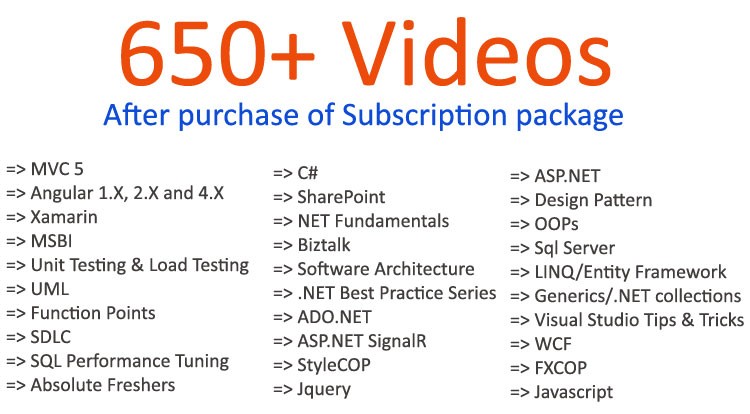
- By Shiv Prasad Koirala
- Sep 12th, 2013
- 1983
- 36
What is Jquery ? ( ASP.NET Jquery interview questions with answers)

- By Shiv Prasad Koirala
- Jun 20th, 2012
- 1233
- 36
C# threading interview questions: - What is the difference between

- By Shiv Prasad Koirala
- Jun 4th, 2012
- 287
- 36




